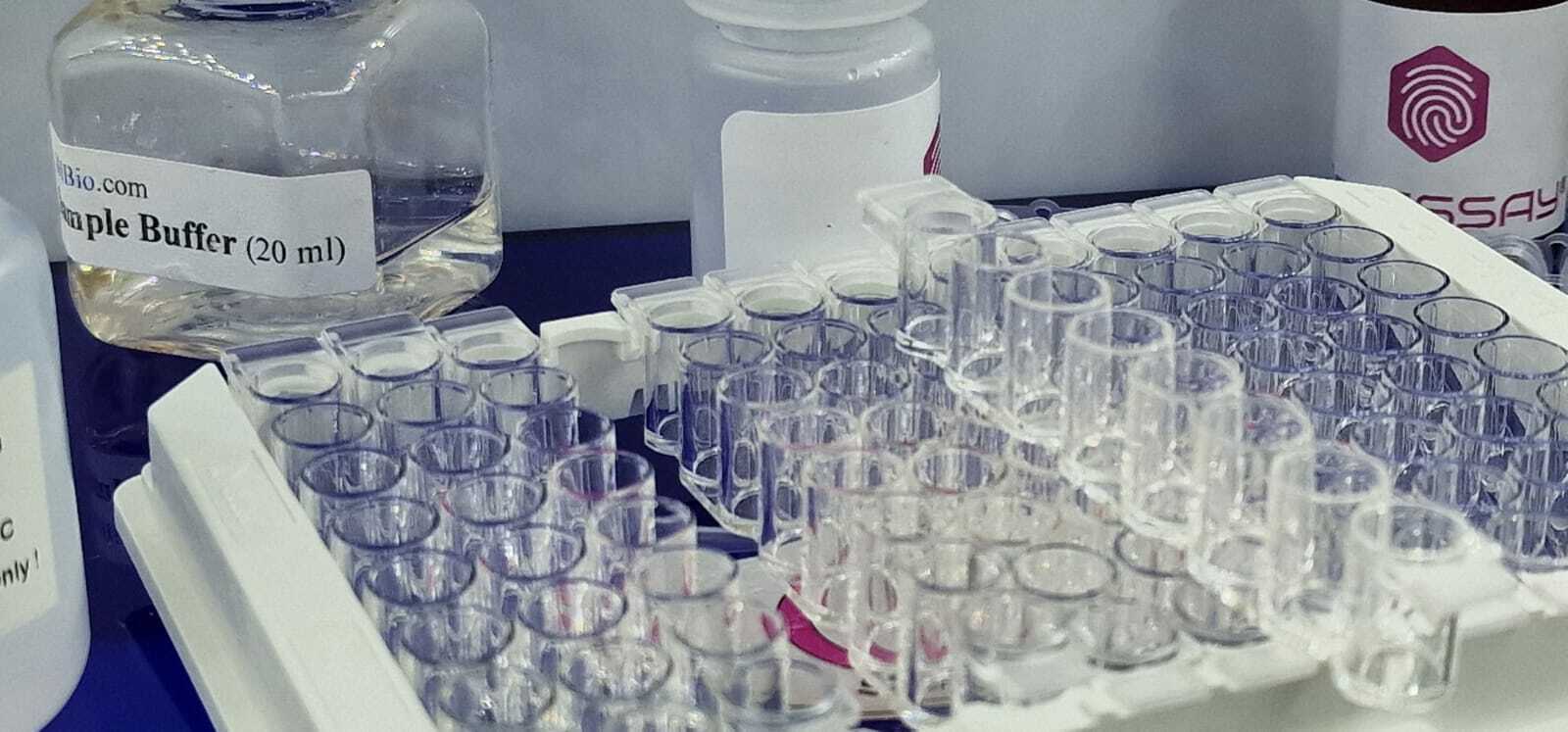ELISA versus Mass Spectrometry
ELISA (Enzyme-Linked Immunosorbent Assay) and Mass Spectrometry are both analytical techniques used in biochemistry and molecular biology, but they serve different purposes and have distinct advantages and disadvantages.

Principle:
- ELISA detects the presence of specific proteins or antibodies in a sample by utilizing the binding specificity of antibodies to antigens. It involves the use of an enzyme-conjugated secondary antibody to produce a detectable signal.
- Mass Spectrometry analyzes the mass-to-charge ratio of molecules in a sample, allowing for the identification and quantification of proteins, peptides, and small molecules based on their mass spectra.
Sensitivity:
- ELISA can be highly sensitive, capable of detecting proteins at low concentrations, typically in the range of picograms to nanograms per milliliter.
- Mass Spectrometry can achieve even higher sensitivity, detecting proteins at lower concentrations, often in the femtogram to picogram range.
Specificity:
- ELISA relies on the specificity of antibodies for their target antigens, offering high specificity when properly designed.
- Mass Spectrometry provides high specificity as it directly measures the mass of molecules and their fragments, allowing for precise identification even in complex mixtures.
Multiplexing:
- ELISA can be adapted for multiplexing, allowing simultaneous detection of multiple analytes in a single sample through the use of different antibodies tagged with distinct enzymes or fluorophores.
- Mass Spectrometry is inherently capable of multiplexing, enabling simultaneous analysis of numerous analytes without significant loss of sensitivity or specificity.
Quantification:
- ELISA quantification relies on standard curves generated using known concentrations of the target analyte, providing semi-quantitative or quantitative results.
- Mass Spectrometry offers absolute quantification by using stable isotope-labeled internal standards, allowing for accurate measurement of analyte concentrations.
Sample Requirements:
- ELISA typically requires relatively larger sample volumes compared to Mass Spectrometry, which can analyze samples in much smaller quantities.
- Mass Spectrometry may require sample preparation steps such as digestion and purification, which can be time-consuming and technically challenging.
Cost and Equipment:
- ELISA assays are generally less expensive and require simpler instrumentation compared to Mass Spectrometry.
- Mass Spectrometry setups are more expensive and require specialized equipment and expertise for operation and data analysis.
ELISA is well-suited for high-throughput screening of specific analytes with high sensitivity and relatively low cost, whereas Mass Spectrometry is preferred for comprehensive proteomic analysis, offering superior specificity, quantification, and multiplexing capabilities, albeit at a higher cost and complexity. The choice between the two techniques depends on the specific requirements of the experiment, including the desired sensitivity, specificity, throughput, and available resources.

